Trends in Technology

The Occupational Safety and Health Administration (OSHA) Standard 1910.147, General Environmental Controls, provides guidance for the control of hazardous energy — and establishes minimum performance requirements that must be met for controlling hazardous energy. The standard specifies that employers must develop an energy-control program to ensure that employees isolate machines from their energy sources and render them inoperative before any employee services or maintains them.
In this article, we will review some of the practices and procedures contained in the standard and the devices used to accomplish meeting the LOTO standard. We will also cover information on how to protect valued employees, as well as to prevent citations and expensive fines for failing to meet all the elements the standard requires.
The standard applies to all sources of energy, including mechanical, electrical, hydraulic, pneumatic, chemical and thermal energy. Companies with any type of major manufacturing equipment or machinery will need to meet this OSHA standard.
The need to be concerned about Lockout/Tagout
Employees can be seriously or fatally injured if machinery they service or maintain unexpectedly energizes, starts up or releases stored energy. OSHA’s standard on the Control of Hazardous Energy (LOTO), found in Title 29 of the Code of Federal Regulations (CFR) Part 1910.147, spells out the steps employers must take to prevent accidents associated with hazardous energy.
The standard addresses practices and procedures necessary to disable machinery or equipment to prevent the release of potentially hazardous energy while maintenance or servicing activities are performed. And the entire industry should be concerned that the standard be enforced in their workplace.
OSHA has estimated that its LOTO standard prevents 85 percent of the total number of injuries or fatalities from exposure to hazardous energy in the workplace. It is estimated that approximately 122 fatalities, 28,400 serious (lost-workday) injuries, and 31,900 minor (non-lost-workday) injuries per year are prevented by the standard.
OSHA’s preliminary list of the Top 10 Safety Violations for 2022 has been announced — and LOTO made the list at sixth place for the top ten most frequently penalized standards with 1,977 violations related to OSHA 1910.147 standard for noncompliance.
The penalties are stiff. The maximum penalty amount for this serious type of violation is $15,625 per violation. Failure to abate or correct the situation will result in $15,625 per day additional fines for everyday beyond the abatement date. Willful or repeated occurrence of the violation will result in a fine of $156,259 per violation.
To avoid incurring such penalties for one of the most violated OSHA standards, company safety supervisors need to be aware that the common OSHA LOTO violations include, failure to:
- identify and isolate all energy sources
- shutdown machinery
- de-energize
- drain residual energy
- provide LOTO training
- create equipment-specific LOTO procedures
- conduct periodic LOTO inspections
- establish a LOTO program
- develop and enforce a LOTO policy
OSHA standard requirements for Lockout/Tagout overview
If your employees service or maintain equipment or machinery where the unexpected startup, energization, or the release of hazardous and stored energy could cause injury, the standard applies to you. The standard applies to all companies using sources of energy, including (but not limited to) mechanical, electrical, hydraulic, pneumatic, chemical, and thermal energy.
OSHA Occupational Safety and Health (OSHA) Standard 1910.147 General Environmental Controls provides guidance for the control of hazardous energy and establishes minimum performance requirements for controlling hazardous energy. The standard specifies that employers must develop an energy-control program to ensure that employees isolate machines from their energy sources and render them inoperative before any employee services or maintains them.
To create an energy-control program, employers must establish energy control procedures for removing the energy supply from machinery. The procedure must also ensure there are appropriate lockout or tagout devices on the energy-isolating devices to prevent unexpected reenergization. When necessary, the procedure will also address stored and potentially reaccumulated energy.
LOTO practices and procedures
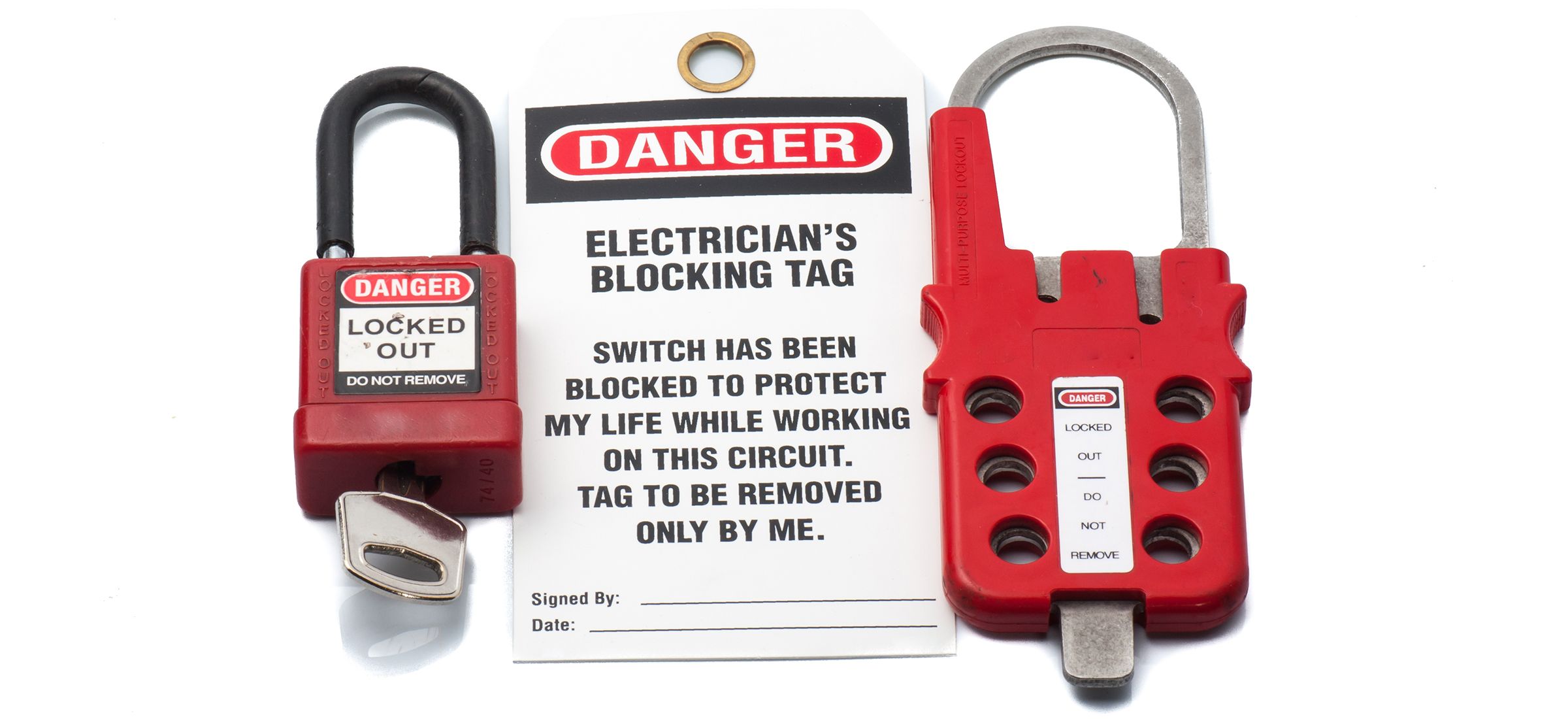
LOTO refers to specific practices and procedures to safeguard employees from the unexpected energization or startup of machinery and equipment, or the release of hazardous energy during service or maintenance activities. Different types of Lockout/Tagout procedures depend on their uses and requirements. Industries requiring the use of some type of LOTO procedures include the chemical industry, refinery industry, petrochemical industry, and all types of manufacturing industries.
A lockout device is the first layer of employee safety protection, while the tagout signage tag is the second layer of protection against hazardous energy. Lockout devices stop employees from operating dangerous equipment, while the tagout device (normally warning signage) informs them that the equipment should not be operated while maintenance or repair is performed.
Need to develop energy-control procedures
When developing an energy-control procedure employers must develop, document, and use procedures to control potentially hazardous energy. The procedures explain what employees must know and do to control hazardous energy effectively when they service or maintain machinery. If this information is the same for the various machines used at a workplace, then a single energy-control procedure may be all that is needed.
Employers must create separate energy-control procedures if their workplaces have more variable conditions. These variables could include multiple energy sources, different types of equipment or machinery, and power connections or control sequences that must be followed to stop the energy flow to various pieces in use.
All energy control procedures must outline the scope, purpose, authorization, rules, and techniques that employees will use to control hazardous energy sources, as well as the means that will be used to enforce compliance.
Procedures should contain specific steps to shut down, isolate, block, and secure machines. These steps should also designate the safe placement, removal, and transfer of lockout and tagout devices, as well as identify who has responsibility for those devices. In addition, there are requirements for testing machines to determine and verify the effectiveness of lockout devices, tagout devices, and other energy-control measures.
Safety Supervisor involvement in LOTO

The safety supervisor responsible for LOTO oversees all key personnel involved, including both authorized and affected employees. Authorized employees in a Lockout/Tagout program are employees who lock or tag equipment so that servicing or maintenance can safely be performed. Affected employees in a Lockout/ Tagout program are employees who operate the equipment being serviced — or those who work in the area where the servicing is performed.
Designated individual requirements
The LOTO program requires that a designated individual turn off and disconnect the machinery or equipment from its energy source(s) prior to performing service or maintenance. The authorized employee(s) lock or tag the energy isolating device(s) to prevent the release of hazardous energy and take steps to verify that the energy has been isolated effectively.
LOTO devices for increased safety

Lockout devices are positive restraints that stop employees from operating dangerous equipment. The lockout device cannot be removed without a key or other unlocking mechanism. Lockout devices are designed to hold energy isolation devices in a safe or “off” position — providing protection by preventing machines or equipment from becoming energized. The machine cannot be started until the device is removed by the same designated individual.
Tagout devices are prominent warning signs that an authorized employee fastens to energy isolating devices to warn employees not to reenergize the machine while he or she services or maintains it. Because they are easier to remove when used without locking devices, they offer employees less protection against the possibility of unsafe equipment operation.
Energy isolating devices

An energy-isolating device for lockout is a mechanical device that physically prevents the transmission or release of hazardous energy. These devices allow the conductors of a circuit to be disconnected from all ungrounded supply conductors so that no pole can be operated independently.
Energy isolating devices include, but are not limited to, manually operated electrical circuit breakers, disconnect switches, line valves and manually operated switches. They do not include push buttons, selector switches, and other control circuit type devices.
Energy control training is critical
Employees involved in the energy-control program must receive training on the safe application, use and removal of energy controls. They should be trained to periodically inspect these procedures to ensure that they are being followed — and that they remain effective in preventing employee exposure to hazardous energy.
If employers have machinery that can’t be locked out in the usual manor, they must adopt and train employees on additional measures to provide the same level of employee protection that lockout devices would provide. The standard does allow employers the flexibility to develop programs and procedures that meet the needs of their individual workplaces and the types of machinery being maintained or serviced.
Employees who work on de-energized machinery can be seriously injured or killed if someone removes Lockout/Tagout devices and reenergizes machinery without their knowledge. Thus, it is extremely important that all employees respect lockout and tagout devices and that only the person(s) who installed these devices remove them.
Safety procedure prior to service or maintenance
Before beginning service or maintenance, the following steps must be completed in sequence and according to the specific provisions of the employer’s energy-control procedure.
- Turn off the equipment in use and disconnect or isolate from all energy sources.
- Apply the lockout or tagout device(s) to the energy-isolating device(s).
- Release or otherwise render safe all potential hazardous stored or residual energy.
- If a possibility exists for reaccumulation of hazardous energy, regularly verify during the service and maintenance that such energy has not reaccumulated to hazardous levels and verify the isolation and deenergization of the machine.
Safety procedure after service or maintenance
Before removing lockout or tagout devices, trained employees must take the following steps in accordance with the specific provisions of the employer’s energy-control procedure:
- Inspect machinery or their components to ensure that they are operationally intact and that nonessential items are removed from the area.
- Check to ensure that everyone is positioned safely and away from machinery.
- After removing the LOTO devices, the supervisor must inform the operator and those working in the area that the devices have been removed and the machine can safely be restarted.
- If the employee who placed the Lockout/Tagout device is unable to remove that device, another person may remove it under the direction of the employer or safety supervisor. As long as the employer adheres to the specific procedures outlined in the OSHA standard, this is permitted.
Sample Lockout/Tagout written programs are offered by many state agencies, such as this one from the Texas OSCHON (Occupational Safety and Health Consultation Program).
OSHA safety and health program management assistance available
Effective management of worker safety and health protection is a decisive factor in reducing the extent and severity of work-related injuries and their related costs. A safety and health program forms the basis of good worker protection that will save time and money as well as increase productivity.
OSHA can provide guidance through a variety of safety and health programs, including state regulations, workplace consultations, voluntary protection programs, strategic partnerships, training, and education.
These guidelines are voluntary and can be applied to all industries that OSHA regulates. They cover elements that are extremely important to the development of a successful safety and health management program — and include management leadership and employee involvement for worksite analysis, hazard prevention and control, and safety and health training. The guidelines recommend specific actions under each of these general elements to achieve an effective safety and health program. To assist employers and employees in developing effective safety and health programs, OSHA published recommended Safety and Health Program Management Guidelines (Federal Register 54(18):3908-3916, January 26, 1989).
For complete details on the Occupational Safety and Health Administration (OSHA) Standard 1910.147 General Environmental Controls visit www.osha.gov.
Lockout/Tagout products for industry
c3controls offers world-class products that meet requirements for OSHA’s LOTO compliance — and we are ready and able to assist manufacturers from every industry. We understand the need for safety standards — and every company’s need for the protection of all employees involved.
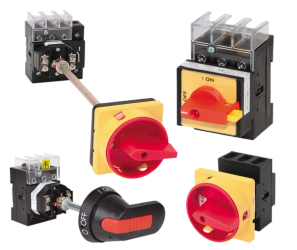
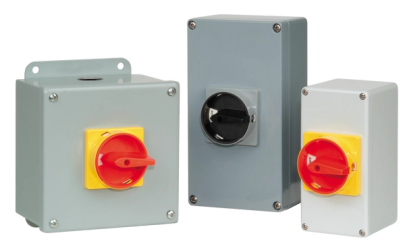
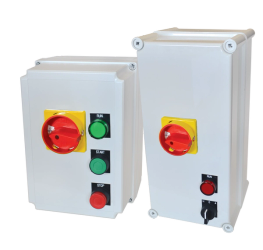

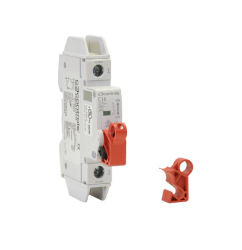
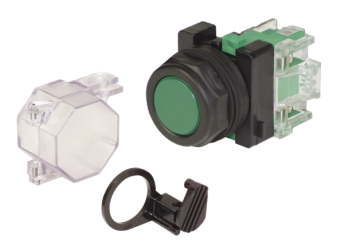
For further details on our world-class products, call us today at 724.775.7926 or visit us at c3controls.com.
----------------------------------------
Disclaimer:
The content provided is intended solely for general information purposes and is provided with the understanding that the authors and publishers are not herein engaged in rendering engineering or other professional advice or services. The practice of engineering is driven by site-specific circumstances unique to each project. Consequently, any use of this information should be done only in consultation with a qualified and licensed professional who can take into account all relevant factors and desired outcomes. The information was posted with reasonable care and attention. However, it is possible that some information is incomplete, incorrect, or inapplicable to particular circumstances or conditions. We do not accept liability for direct or indirect losses resulting from using, relying or acting upon information in this article.
ISO 9001:2015
Certified
17+ Million Product
Configurations
Lifetime
Warranty
Guaranteed
Same-Day Shipping
Advantage Pricing
Save Up To 40%
c3controls Headquarters, USA
664 State Avenue
Beaver, PA 15009
